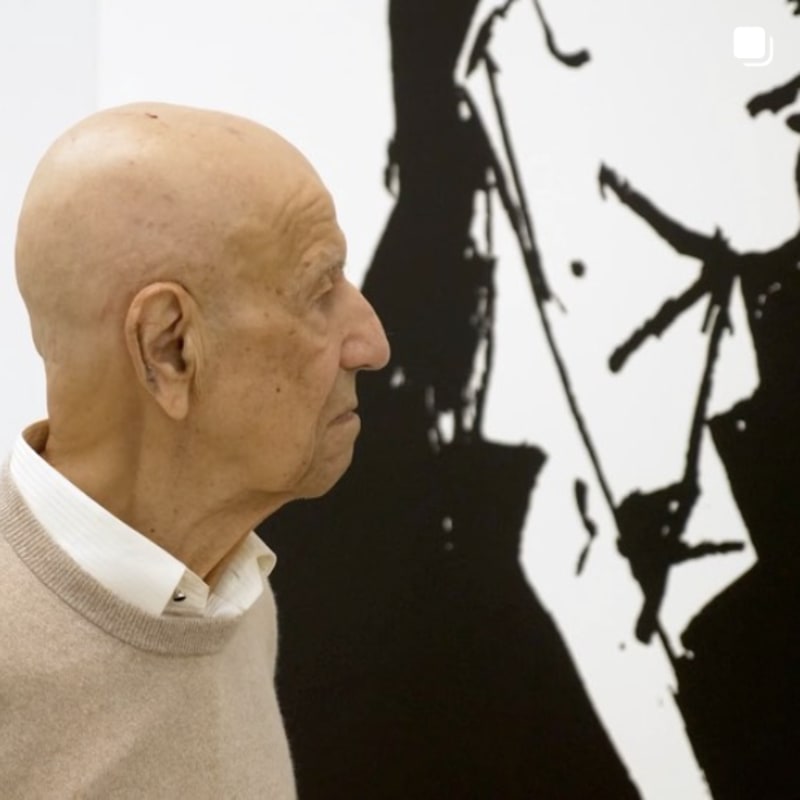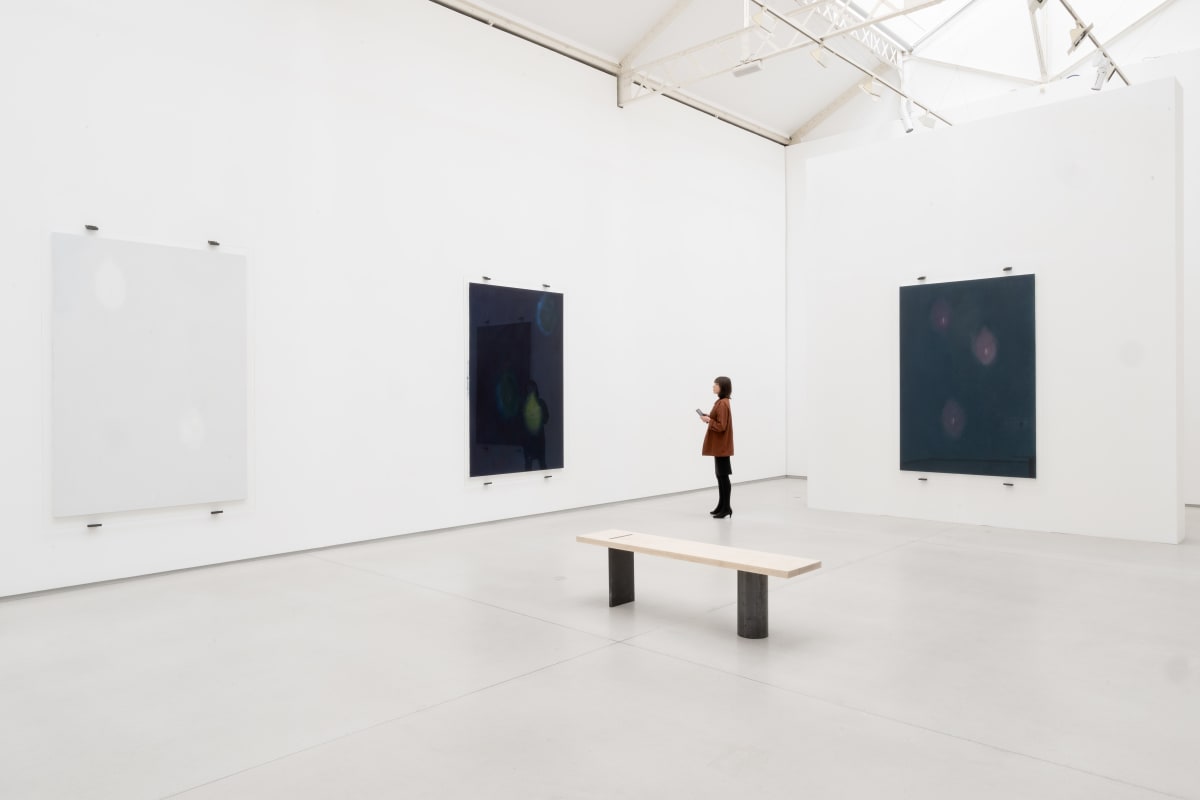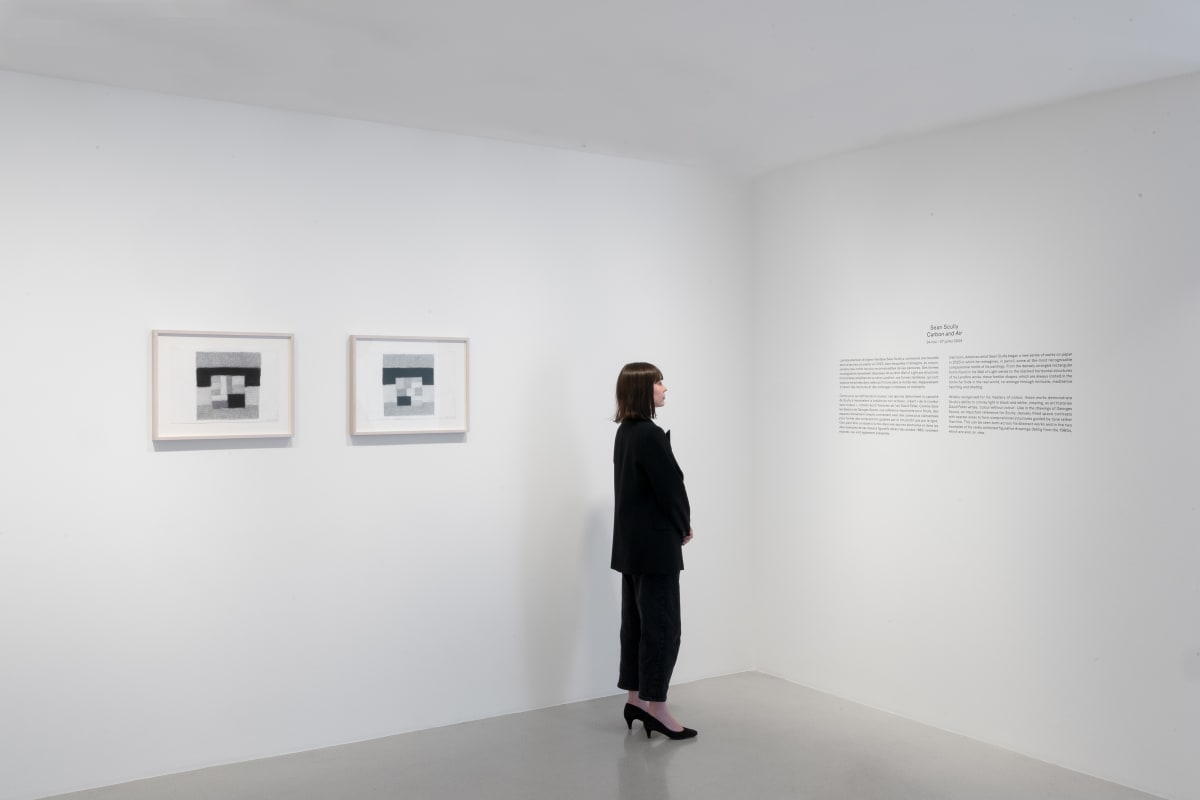

Overview
The exhibition Für Andrea Emo brings together a selection of around twenty paintings along with three sculptures, which reflect the sedimentation of memory cherished by the artist.
Five years after Anselm Kiefer’s exhibition for the inauguration of our gallery in Pantin, and following his retrospective at the Centre Pompidou in 2015/2016, Galerie Thaddaeus Ropac is pleased to announce the presentation of a new series of works by the artist in Paris. The exhibition Für Andrea Emo brings together a selection of around twenty paintings along with three sculptures, which reflect the sedimentation of memory cherished by the artist. These sculptures encapsulate a spiritual connection between several elements. They appear as many fossils or artefacts to unearth, as many micro-fictions to decipher. With an unprecedented formal inventiveness, the paintings reflect the artist’s continuous interest in the process of destruction and regeneration. By pouring molten lead, Anselm Kiefer obliterates the original image and brings to life his own work in a radically iconoclastic gesture.
Philosophical and literary references have always been instrumental to understand Anselm Kiefer’s practice. The exhibition is dedicated to Andrea Emo (1901-1983), an Italian philosopher whose nihilist thinking has fuelled the development of his work. A solitary thinker who has chosen the path of reclusion and self-exclusion from the academic world, Andrea Emo is an important figure in new metaphysics. From his singular writing, which takes the form of fragments and notes, emerges a form of theology in negation. Andrea Emo’s preferred approach to time is through memory: “there is nothing new except in recollection ... the new arises out of us, ourselves the future if we can relinquish it.” This is how Anselm Kiefer finds in Andrea Emo’s philosophy an echo to his own questions. Andrea Emo writes: “the deed is the destruction of pictures, their death, their sleep, their burial place, that they require in order to rise again”, while Anselm Kiefer in his diary, says: “you’ve come to realize that a picture always erases the immediately preceding one, that it’s a matter of constant disposal and rebirth”.
The notion of time as an ongoing cycle underlies Anselm Kiefer’s practice. Here, such concept is visible in the process of creation and in the very matter of the works, which undergo an act of destruction before regenerating. Anselm Kiefer writes in his diary, published in the exhibition catalogue: “yesterday poured lead. on several old paintings you no longer wanted to even look at. unlike before, you laid the paintings on the floor without anger, without despair, and poured the burning hot lead on them. no cause for despair any longer, for you know: at some point something will come of it; indeed, you count on the disappointment from the outset. would the result be any different, would the lead flow any differently if the destructive act were performed in rage and not deliberately?”
If on some paintings the layer of solidified lead lets parts of the original landscape visible, on others it imprisons the pictorial elements rejected by the carbonized surface. The painting then becomes its own sedimentation, a palimpsest. In his diary, Anselm Kiefer notes: “this heavy lead bandage that can no longer be detached from the paint skin, these festering sores welling out from the still boiling lead when the pigment beneath it is not bone dry, the little straws on a field that I painted years ago and that appear as charred leavings on the solidified lead – all this reminds me of the Baudelaire poems I reread last year.”
On the occasion of the exhibition, a catalogue in German and English has been published along with a booklet in French, compiling extracts of Anselm Kiefer’s diary.












































































































































































